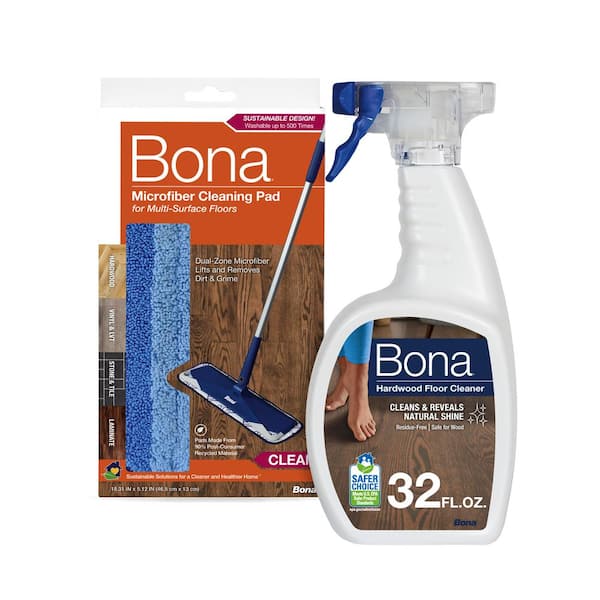
The Muddy Boot Blitz: Natural Hardwood Floor Cleaning for the Homestead
Late winter and early spring on the homestead… a beautiful time of year, filled with the promise of new life. But it also brings the relentless march of mud, tracked in by boots, paws, and the sheer force of nature. That earthy scent clinging to everything? It’s often accompanied by a persistent layer of grime coating our beautiful hardwood floors. But fear not, fellow homesteaders! We can protect our floors without resorting to harsh chemicals that disrupt the delicate balance of our homes and lives. Let’s embrace a natural approach to keeping our floors clean and our conscience clear.
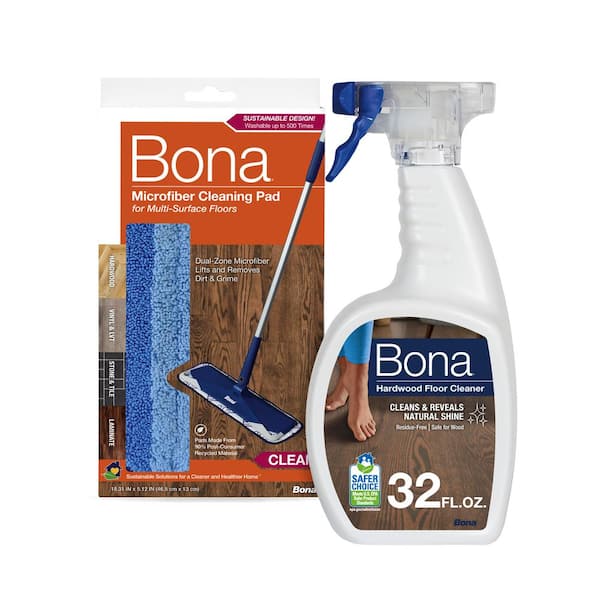
Image: A jar of homemade Citrus & Tea Tree Floor Cleaner, showcasing the natural ingredients that pack a cleaning punch.
The "Muddy Boot Blitz" Schedule
The key to winning the war against mud is consistency. Here's a simple, realistic cleaning schedule tailored for busy homesteaders:
- Daily Defense: Sweep or vacuum high-traffic areas daily to capture loose dirt before it gets ground into the floor. This is especially important near doorways and animal entrances.
- Mid-Week Mop: Mop those same high-traffic areas 2-3 times per week. Focus on removing the immediate mud before it sets.
- Monthly Master Clean: Commit to a deep clean of the entire floor once a month to maintain its luster and prevent buildup. This will also give you a chance to inspect for any damage.
Remember, the goal is maintenance, not perfection. A little bit of effort regularly is far more effective than sporadic, overwhelming cleaning sessions.
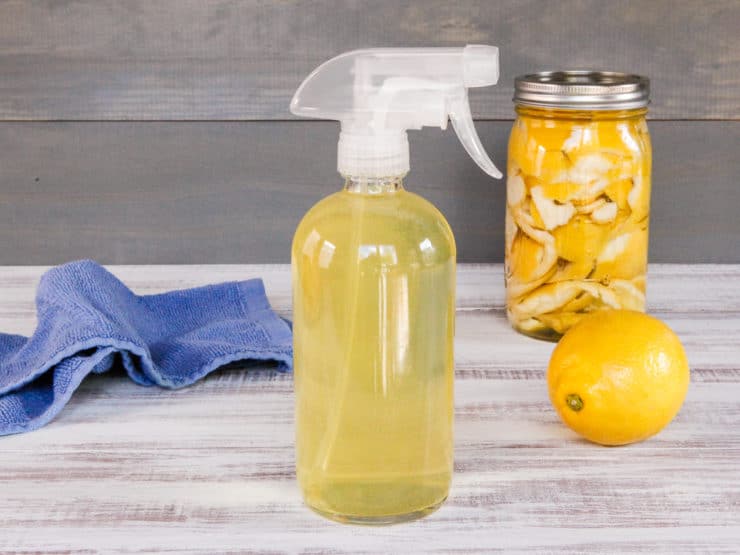
Image: A visual representation of the before-and-after transformation possible with consistent cleaning, showing the stark contrast between a muddy floor and a freshly cleaned one.
DIY Citrus & Tea Tree Hardwood Floor Cleaner Recipe
Here's a natural hardwood floor cleaner recipe that's both effective and gentle on your floors and the environment. It uses the power of citrus and tea tree oil to cut through grime and leave your home smelling fresh.
Ingredients:
- 2 cups filtered water (room temperature)
- 1/2 cup white vinegar (standard 5% acidity)
- 1/4 cup citrus peels (lemon, orange, grapefruit – collected over time and stored in the freezer until needed. Chop roughly before use.)
- 10 drops lemon essential oil (Citrus limon, 100% pure)
- 5 drops tea tree essential oil (Melaleuca alternifolia, 100% pure)
Instructions:
- Infuse the vinegar: Combine the white vinegar and roughly chopped citrus peels in a clean glass jar with a tight-fitting lid. Let the mixture sit for 1-2 weeks in a cool, dark place, shaking gently daily to promote infusion. This process extracts the oils and cleaning power from the peels.
- Strain the vinegar: After the infusion period, strain the vinegar through a fine-mesh sieve or cheesecloth to remove all citrus peels. Discard the peels (or compost them responsibly – they make great additions to your compost pile!).
- Combine all ingredients: In a clean bucket or container, mix the infused vinegar, filtered water, lemon essential oil, and tea tree essential oil. Stir gently to combine thoroughly. Your cleaner is now ready to use!
Why These Ingredients?
- Citrus Peels: Offer effective degreasing action thanks to their natural oils, while imparting a delightful, uplifting scent. Don't toss those peels after juicing!
- White Vinegar: Provides mild disinfecting properties and helps to cut through dirt and grime. It's a homesteading staple!
- Lemon Essential Oil: Amplifies the cleaning power with its own degreasing capabilities and adds a bright, clean fragrance. Make sure it is 100% pure.
- Tea Tree Essential Oil: Known for its potent antibacterial and antifungal properties, helping to keep your floors clean and healthy. A little goes a long way!
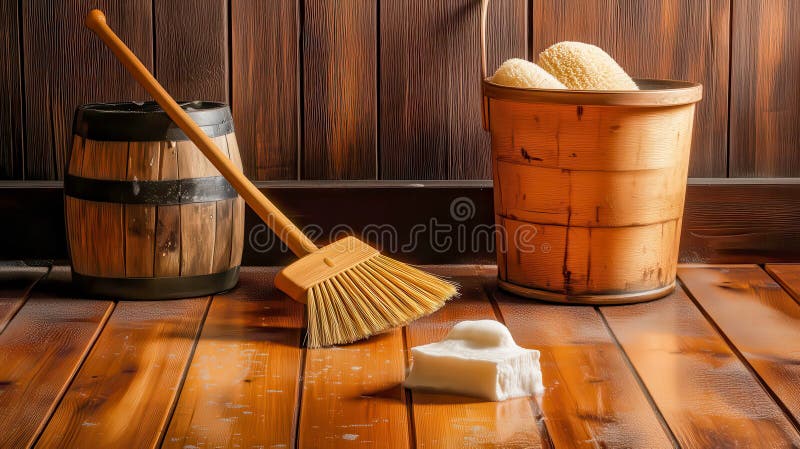
Image: Hands wringing out a mop, demonstrating the importance of not oversaturating the mop head to protect hardwood floors.
Step-by-Step Mop Instructions
Follow these steps for effective and safe mopping:
- Preparation: Before mopping, sweep or vacuum the floor thoroughly to remove any loose dirt, dust, and debris that could scratch the hardwood surface. A clean sweep is crucial for optimal results.
- Mopping: Dip a clean cotton mop head into the prepared cleaning solution, then wring out the excess liquid thoroughly. The mop should be damp, not soaking wet, to prevent water damage. Test the mop on a discreet area first to ensure no discoloration occurs.
- Technique: Mop the floor in the direction of the wood grain, overlapping each stroke slightly to ensure complete coverage. This prevents streaks and ensures even cleaning.
- Rinsing: Rinse the mop head frequently in a separate bucket of clean water to remove dirt and prevent re-depositing it on the floor. This is a game changer for truly clean floors.
- Drying: Allow the floor to air dry completely. To speed up the drying process, you can use a clean, dry microfiber towel to gently wipe the floor. Proper drying prevents water spots and potential damage.
Sustainable Swaps
Let's minimize our environmental impact with these sustainable alternatives:
- Reusable Mop Head: Opt for a washable and reusable cotton mop head instead of disposable mop pads. This reduces waste and saves money in the long run.
- Repurposed Cleaning Cloths: Repurpose old cotton t-shirts as soft cleaning cloths for dusting or wiping up spills. Give those old clothes a new life!
- Rainwater Harvesting: Consider collecting rainwater in barrels for use in your cleaning water, reducing your reliance on treated water sources. A truly sustainable solution.
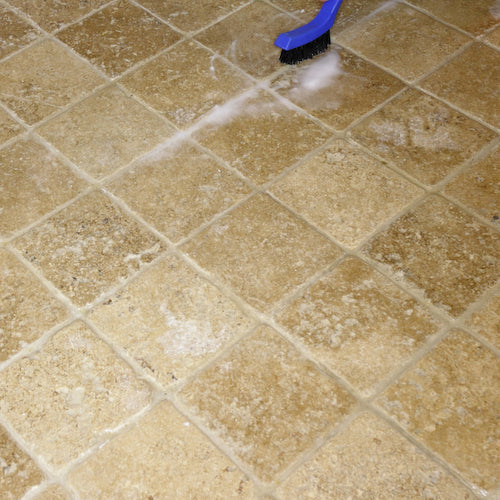
Image: Sustainable cleaning tools and ingredients, emphasizing the eco-friendly nature of the cleaning process.
Troubleshooting & Tips
Here are some common issues and their solutions:
- Streaky Floors: Streaking can be caused by using too much cleaner. Try using less solution or wringing out the mop more thoroughly before each pass.
- Dull Finish: Excessive use of vinegar can sometimes strip the floor's finish over time. Use the recommended amount and avoid leaving the solution on the floor for extended periods. If dullness persists, consider a natural oil-based wood restorer.
- Lingering Vinegar Smell: If the scent of vinegar is too strong, add a few extra drops of lemon essential oil to the cleaning solution. A few drops of lavender oil can also help.
Conclusion
Embracing natural floor cleaning isn't just about sparkling floors; it's about creating a healthier home environment and fostering a more sustainable lifestyle on your homestead. By adopting the "Muddy Boot Blitz" and using natural ingredients, you're protecting your family, your pets, and the planet.
Transform your floors the natural way and share your sparkling results using #BetterHomesBlitz! We can't wait to see your homestead shine!
P.S.: For tackling even tougher stains and adding extra cleaning power, consider creating a citrus peel enzyme cleaner using a fermentation process. Numerous recipes are available online, each offering a unique approach to harnessing the power of citrus!